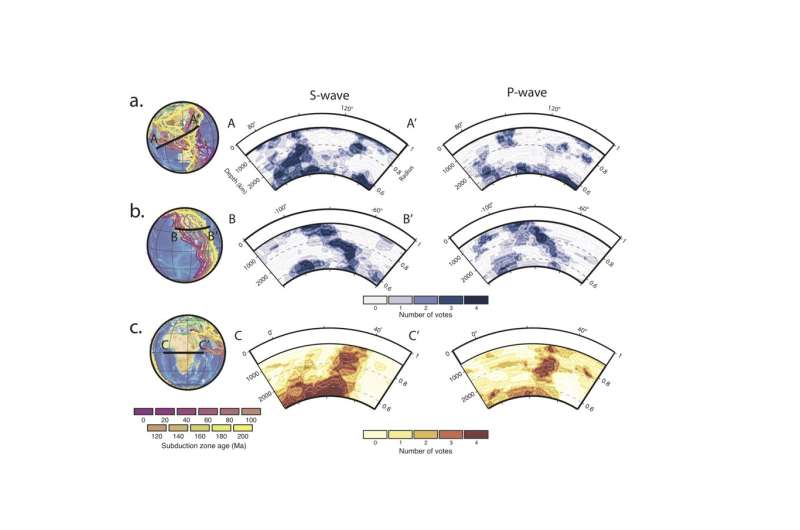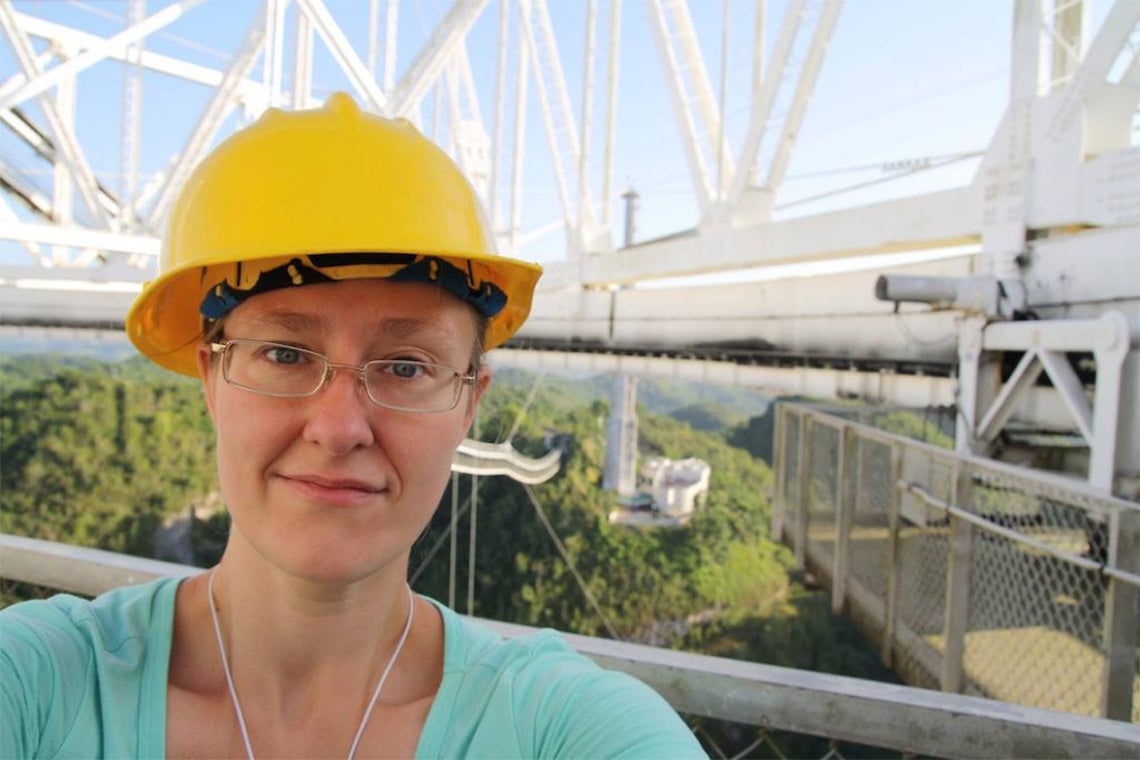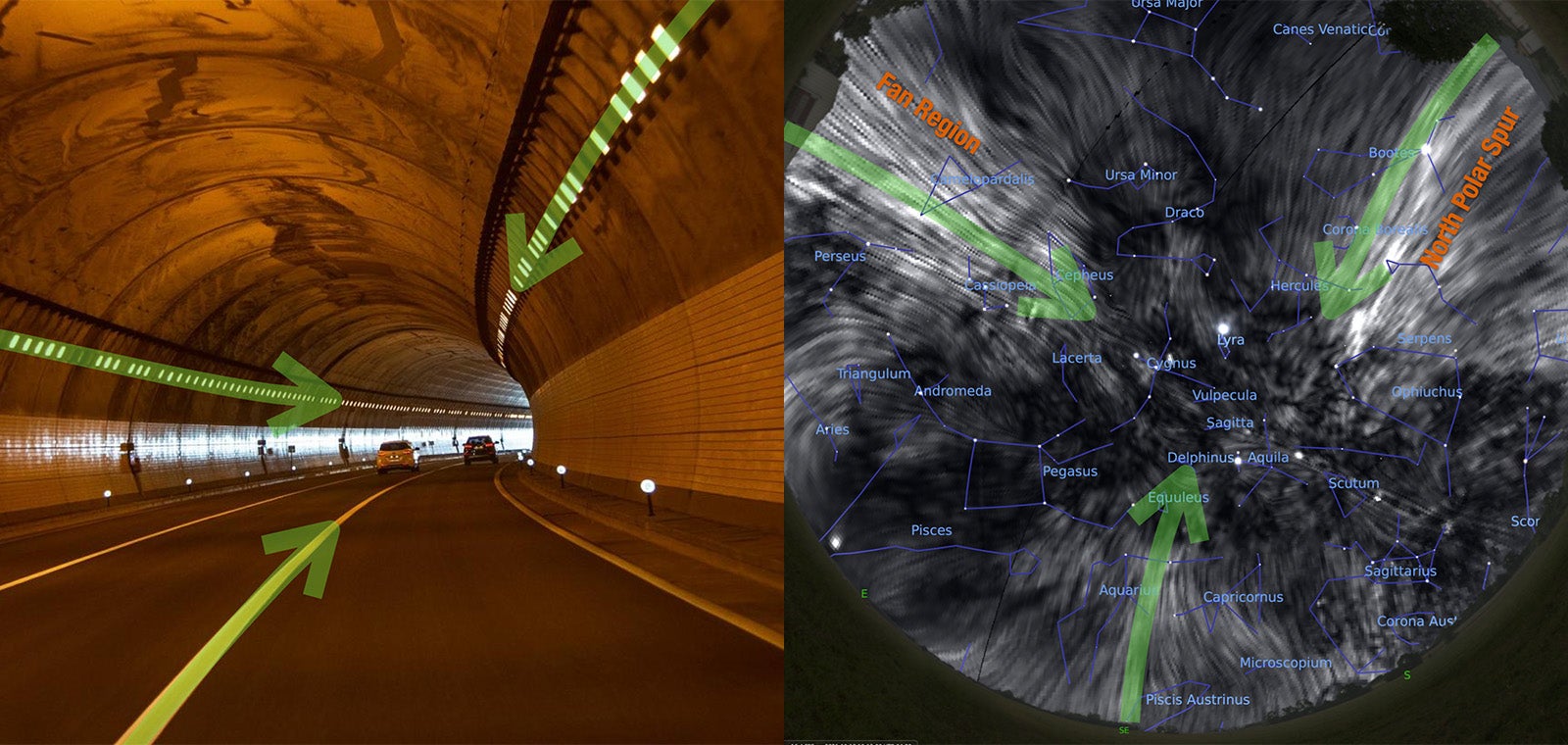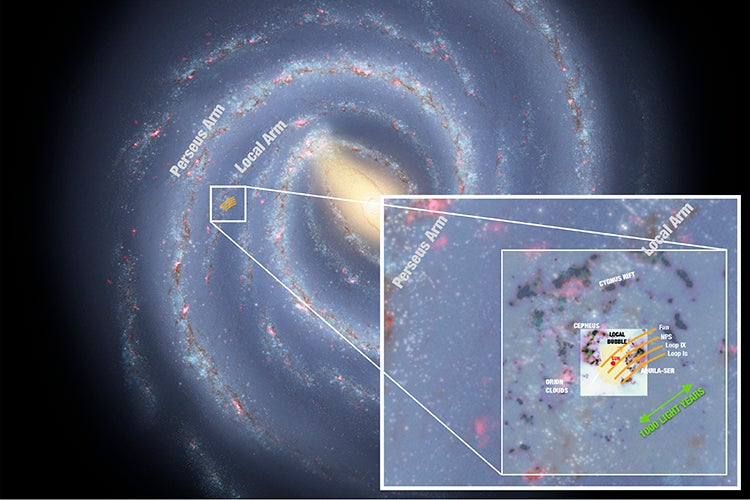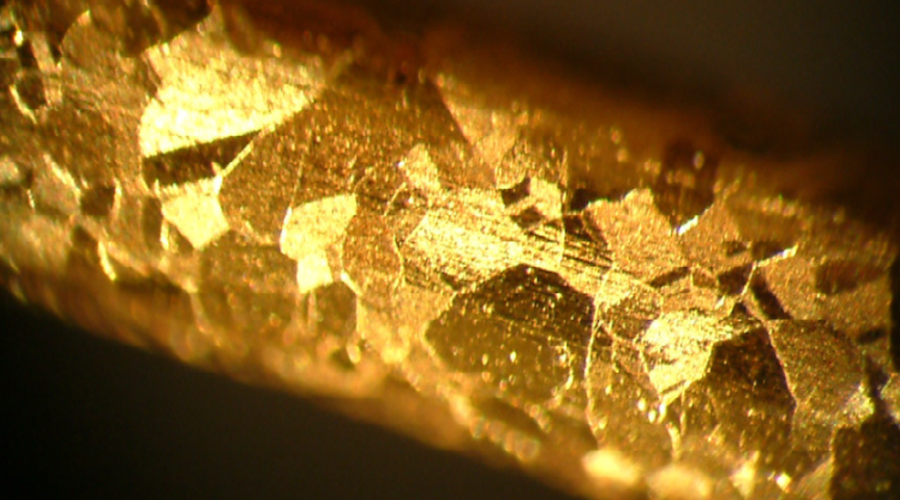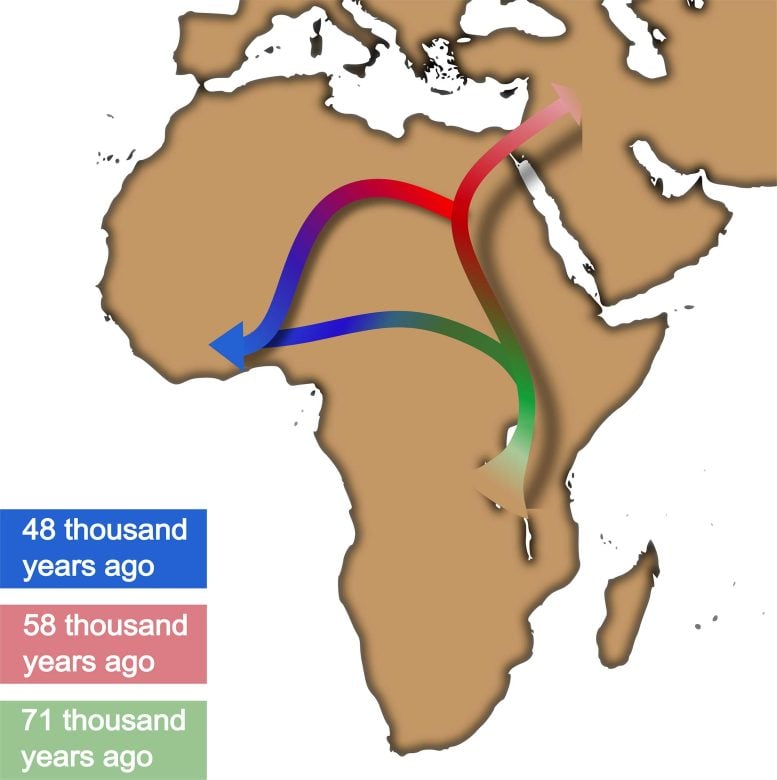
An air tanker drops retardant on a wildfire Wednesday in Goleta, Calif. A wildfire raging through Southern California coastal mountains threatened ranches and rural homes and kept a major highway shut down as the fire-scarred state faced a new round of dry winds that raise risk of flames.
(AP Photo/Ringo H.W. Chiu)Ringo H.W. Chiu, Associated Press
A sobering recent study in the journal Science predicts today’s children will experience two to seven times as many climate disasters as their grandparents did unless society changes its ways. If that sounds alarmist, consider that scientists have been remarkably prescient about global warming in the past. That’s worth remembering when assessing these dire predictions.
The mechanics of climate change aren’t mysterious: Greenhouse gases like carbon dioxide trap the sun’s heat, raising global temperatures. Those gases, produced by human activity like the burning of fossil fuels, have filled the atmosphere at unprecedented levels in the past half-century.
The correlation between rising greenhouse-gas levels and rising average global temperatures is unmistakable today. But scientists predicted it well before it was obvious.
“It is shown that the anthropogenic carbon dioxide warming should emerge from the noise level of natural climate variability by the end of the century,” predicted a landmark 1981 study, also from the journal Science. “Potential effects on climate in the 21st century include the creation of drought-prone regions in North America and central Asia as part of a shifting of climatic zones, erosion of the West Antarctic ice sheet with a consequent worldwide rise in sea level, and opening of the fabled Northwest Passage” in the Arctic.
Forty years later, every single one of those predictions has come to pass.
The same 1981 paper predicted that “political and economic forces” make it “unlikely” that society would change its approach to energy “until convincing observations of the global warming are in hand.” From California’s unprecedented wildfires to more frequent and severe hurricanes to the record global temperatures of the past decade, that moment is here.
In the more recent Science piece, entitled “Intergenerational inequities in exposure to climate extremes,” researchers analyzed the societal effects of climate change today, then extrapolated the changes expected in the near future if human activity doesn’t change. It provides stark comparisons between what past generations experienced and what awaits today’s children.
A child born this year, the study predicts, will experience an average of twice as many wildfires, two to three times as many droughts, three times as many floods and seven times as many heat waves as a current 60-year-old person has experienced in his or her lifetime.
“It used to be … ‘Yeah we have to limit global warming because of grandchildren,’” Wim Thiery, lead author of the study, told The Washington Post. “This study is making clear that climate change has arrived. It’s everywhere.”
Had the U.S. and other societies heeded the science of a few decades ago, the world would not be facing such a heavy lift today. It’s time to stop listening to the science-deniers and all the others who have consistently gotten it wrong, and start listening to those who have consistently gotten it right. The future of today’s children depends upon it.


